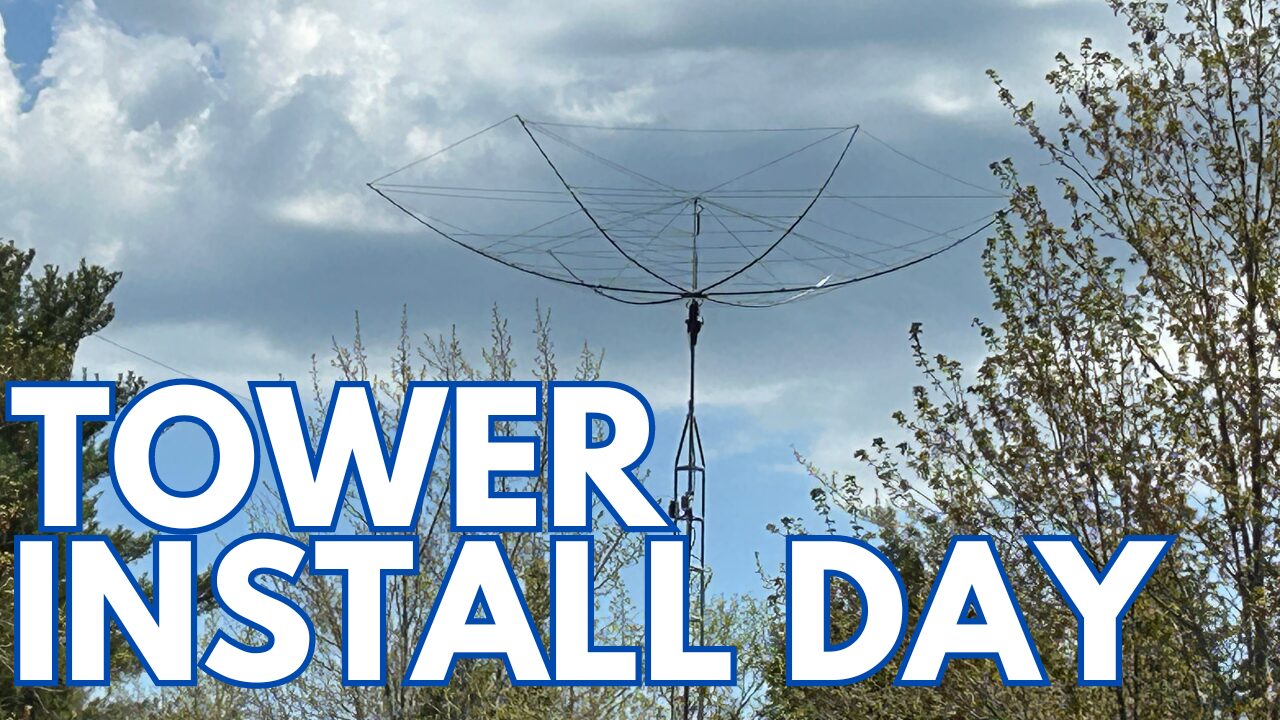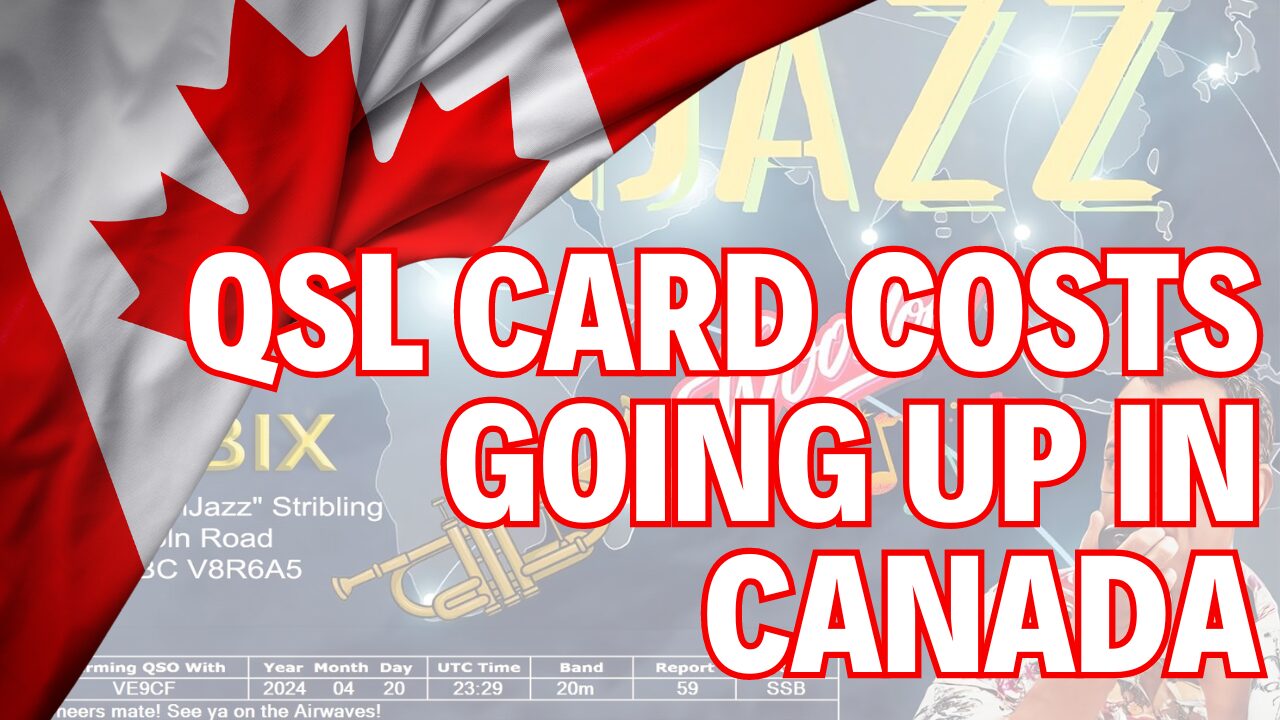Sending QSL Cards In Canada Just Got More Expensive
Being a ham radio operator in Canada has unique considerations, particularly regarding the tradition of exchanging QSL cards. While this practice is a cherished aspect of the amateur radio community, recent developments have introduced new challenges. Postage costs have significantly increased, impacting the affordability of sending these cards through traditional mail services.
With the escalating printing and mailing costs, Canadian amateur radio enthusiasts like yourself are facing a dilemma: to continue with the tradition of paper QSL cards or to transition towards electronic alternatives. Electronic QSLs offer a cost-effective and instant way to confirm contacts. With technological advances, they are becoming an increasingly accepted part of the hobby, matching the convenience that younger operators value.
Key Takeaways
- Rising postage costs are affecting traditional QSL card exchange.
- Electronic QSL cards provide a cost-effective alternative.
- Adaptation to changing times may include shifting towards digital means of confirmation.
Difficulties for Radio Amateurs in Canada
Rising Costs of Mail Services
The price of postage in Canada has seen a significant uptick. What was once CAD 1.15 or CAD 1.25 for sending a standard QSL card domestically has increased, with stamp prices now sitting at CAD 0.99 each when purchasing larger quantities, such as a roll. The postal service has reported substantial financial losses, signifying a problematic trajectory for its operational budget in the coming year. This spike in mailing costs directly affects the affordability of maintaining the tradition of QSL card exchange among enthusiasts.
Stamp Prices:
| Quantity | Previous Price | New Price |
|---|---|---|
| Single Stamp | CAD 1.15/1.25 | Not Confirmed |
| Bulk Purchase (Per Stamp) | CAD 0.99 | Increased |
Changes in QSL Card Exchanges
Exchanging QSL cards, the physical tokens of a completed contact, is a revered custom in the amateur radio community. With higher expenses for postage and printing these personalized cards, many operators find themselves reconsidering this practice. Electronic QSL cards are gaining favour because of cost-effective distribution methods like special software, and they hold equal value to their paper counterparts for some radio enthusiasts. However, this shift may alienate seasoned operators who value tradition and could lead to a decline in paper QSL exchanges, particularly among younger operators preferring digital platforms like QRZ or the Logbook of the World.
- Sending Methods:
- Domestic Shipping: CAD 1.00/stamp in bulk
- U.S. or International Shipping: Price undisclosed due to high rates
- Alternatives:
- Electronic QSL cards via programs like QSL Card Creators
- Digital confirmations through QRZ or Logbook of the World
Despite the financial implications, the personal touch and tangible memories attached to paper QSL cards hold a special place in the hobby for many. With the postal costs on an upward climb, some may opt for electronic displays of their QSL cards to reminisce and enjoy the memories of past communications.
Digital Alternatives to Traditional QSL Cards
Online QSL Services
Switching to online QSL services could be a game changer for ham radio enthusiasts. Imagine sending your QSL cards through a web-based program like the one I use called QSL Card Creator. It's a shift towards convenience and immediacy, providing the same level of satisfaction as traditional cards. Some may argue it's not the same, but times are changing, and so are the preferences of the newer generation of operators. Using online platforms like QRZ or Logbook of the World, your confirmation of contacts is centralized and instantly accessible.
- Benefits of online QSL services:
- Cost-effective: No need to worry about fluctuating postage rates.
- Fast and efficient: Send and receive confirmations quickly.
- Eco-friendly: Reduces the need for physical materials.
Digital Frames for QSL Viewing
Imagine showcasing your cherished QSL cards in a modern way through digital photo frames. Upload your electronic QSLs to a digital frame to keep those memories vibrant and alive. It's a contemporary approach to enjoying the QSL cards you've collected without the need to handle or store physical cards. Here's a simple comparison to highlight the potential advantages.
| Aspect | Traditional Display | Digital Photo Frame |
|---|---|---|
| Flexibility | Limited | High |
| Space Saving | No | Yes |
| Cost Over Time | Variable | One-time Investment |
| Enjoyment | Static | Dynamic |
With postage prices on the rise, incorporating these digital alternatives can keep you connected and engaged in the hobby without the added financial burden. Whether you continue to send paper cards or transition to electronic methods, staying active and enjoying what the hobby offers is essential. Share your thoughts and preferences below.
Wrap-Up on Radio Correspondence Costs
You've likely noticed the increase in postage costs across Canada—a concern that affects many of us involved in amateur radio. In particular, the cost of sending a QSL card, cherished by the community, is rising. Stamp prices for mailing a single letter now vary between $1.15 and $1.25. When purchasing stamps in larger quantities, such as a roll, the price per stamp has increased to $0.99.
Canada Post has reported considerable financial losses culminating in over $700 million. These losses have prompted a predicted depletion of their operating capital by the end of next year. As costs for printing services like Vista Print and Overnight Prints ascend, the expense of physically sending a QSL card also climbs.
Considering these factors, it becomes more appealing to distribute electronic QSL cards. You can utilize software such as QSL card creators to facilitate this modern approach. Some may argue that physical cards hold a sentimental value that electronic versions can't replicate, but digital cards' convenience and reduced cost are worth considering.
For internal Canadian mailing, purchasing stamps in bulk saves some cost, but it's still an increase compared to past rates. Each operator will face a financial decision between continuing with traditional paper QSL cards and shifting towards electronic alternatives, especially with international postage rates also climbing.
To mitigate the loss of the tangible aspect of QSL cards, an electronic photo frame could display your QSL cards visually, providing a modern twist on a classic aspect of the hobby. This might serve as a compromise—preserving the memories without the associated mailing costs.
Your thoughts on this shift in the ham radio community are valuable. Feel free to share how you plan to adapt to these new postage rates. Will you stick to paper QSL cards despite the price hike, or will you transition more to electronic methods? Share your perspective on how these changes shape your QSL card-sending approach.



